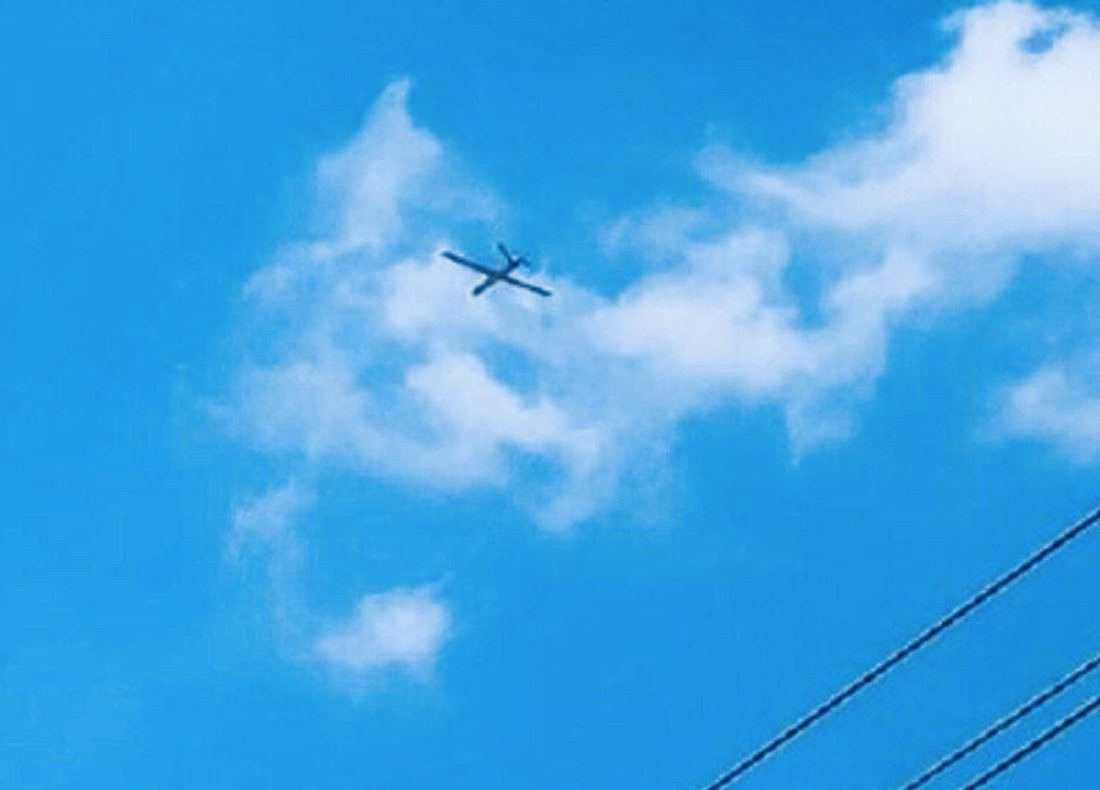Israel has a sophisticated multilayered air defence system to detect and destroy short-range rockets and drones and medium- and long-range missiles. These systems, comprising the Iron Dome, David’s Sling and the Arrow, have been remarkably effective in downing enemy projectiles launched by Hamas, Hezbollah, the Houthis, the Islamic Resistance in Iraq and Iran.
But in the last three months, Israel has learned to its distress that its protective shield is in dire need of improvement so that lives can be saved.
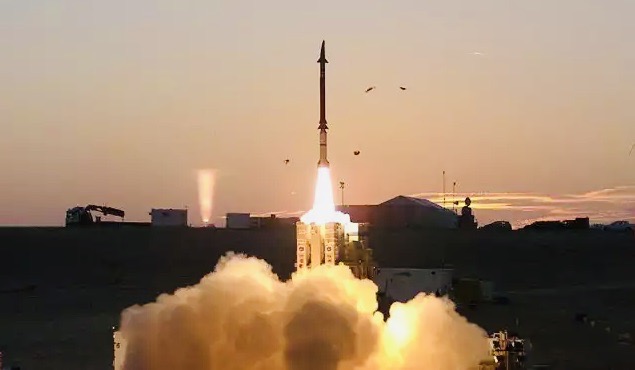
The problem centers around unmanned armed drones, which can evade air defences, kill soldiers and civilians and damage and destroy property. Israel has shot down many drones, but a few have gotten through with horrendous results.
Since July, seven Israelis have been killed and dozens have been wounded by Houthi, Hezbollah and Iraqi drones.
In late July, a Houthi drone slammed into a condominium building in the center of Tel Aviv, near the U.S. consulate, killing a middle-aged man in his apartment.
On October 4, two soldiers were killed and 24 were wounded when a drone launched by the Iraqi-based Islamic Resistance hit a military base in the northern Golan Heights.
On October 13, four soldiers were killed and more than 60 were injured when a Hezbollah drone slammed into a dining hall on an army base near Binyamina.
On October 26, two people were injured in a drone attack on the Bar Lev industrial zone between Acre and Karmiel.
On October 19, the private residence of Prime Minister Benjamin Netanyahu in Caesarea took a direct hit when a Hezbollah drone crashed into his bedroom window, cracking glass but not penetrating the interior. He and his wife were not at home when the building was struck.
Prior to that incident, a nursing home north of Tel Aviv was hit during Yom Kippur, causing damage but no casualties.
These drone attacks prove that Israel’s enemies have the capability to strike both military and civilian targets.
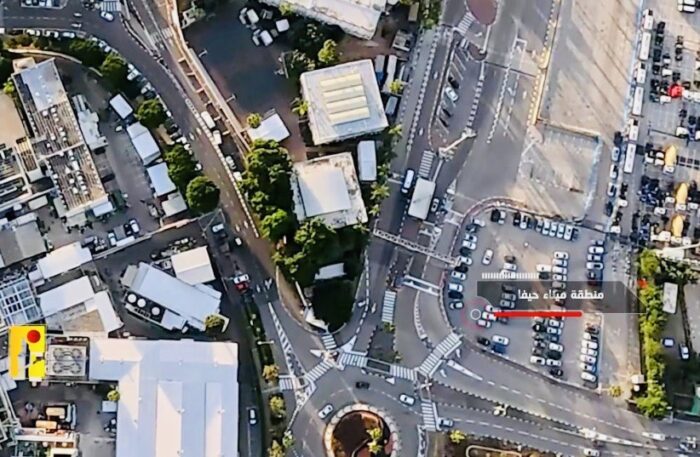
Prior to Israel’s limited invasion of southern Lebanon on September 30, Hezbollah gleefully broadcast video footage of sensitive sites in Israel its drones had photographed without detection.
By all accounts, Hezbollah has launched about 1,500 surveillance and attack drones since last October, when it began bombarding northern Israeli communities in a show of solidarity with Hamas.
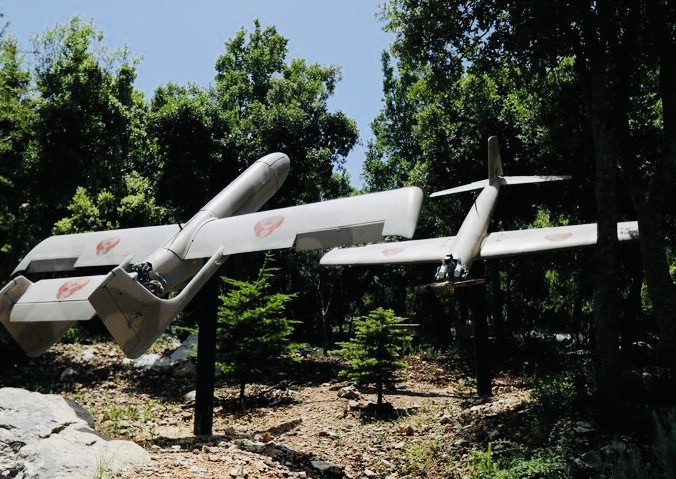
Hamas fired swarms of drones in the initial phase of its October 7 attacks in southern Israel. These drones successfully disabled electronic monitoring devices attached to the high-tech security fence along Israel’s border with the Gaza Strip, making it far easier for the terrorists to infiltrate Israel.
Hezbollah, a major Iranian proxy, started deploying drones following Israel’s unilateral withdrawal from southern Lebanon in 2000. It reportedly fired its first drone into Israel’s airspace in 2004.
The first batch of drones were manufactured in Iran, but Hezbollah has since assembled them in Lebanon.
Drones are harder to detect for a variety of reasons.
Containing plastic components and fewer metal parts, they emit less heat and fly relatively slowly and closer to the ground. This means that drones have weaker thermal footprints and do not necessarily trigger alerts. And because they are considerably smaller than rockets and missiles, they can be mistaken for commercial aircraft and even birds.
Air defence systems were designed to protect cities and critical infrastructure from conventional fighter jets and missiles, not drones.
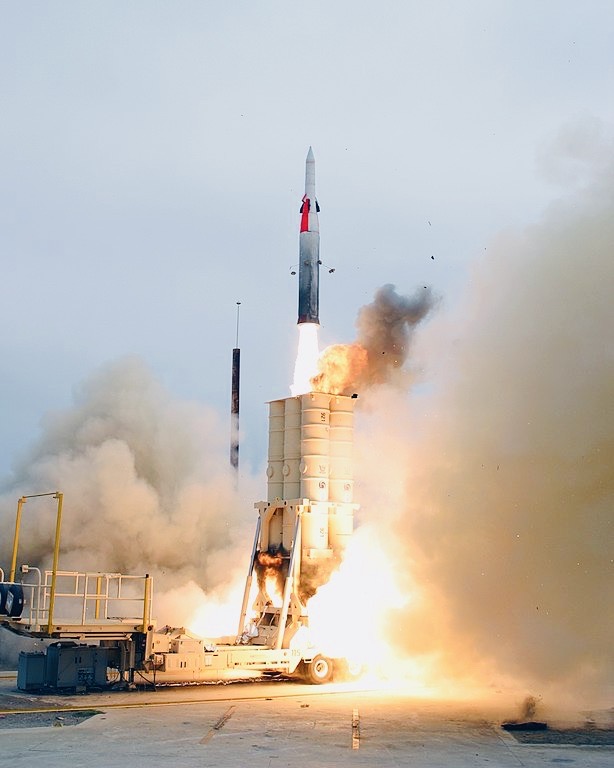
But now that drones have been classified as a major threat, Israel is intent on eliminating Hezbollah’s fleet of drones. Israeli media reports suggest that Israel plans to destroy Hezbollah’s Unit 127, which is responsible for drone production, maintenance and operation, and kill all its members.
Defence Minister Yoav Gallant has said that Israel is making “significant efforts” to develop rapid solutions to counter the drone threat.
The Ministry of Defence, in the meantime, has asked Israel’s leading defence companies, including Rafael, Elbit and Israel Aerospace Industries, to develop upgraded drone detection systems within a matter of months.
Since Israel has a robust arms industry, one can assume that Israel will soon devise ways to minimize the threat posed by drones.
